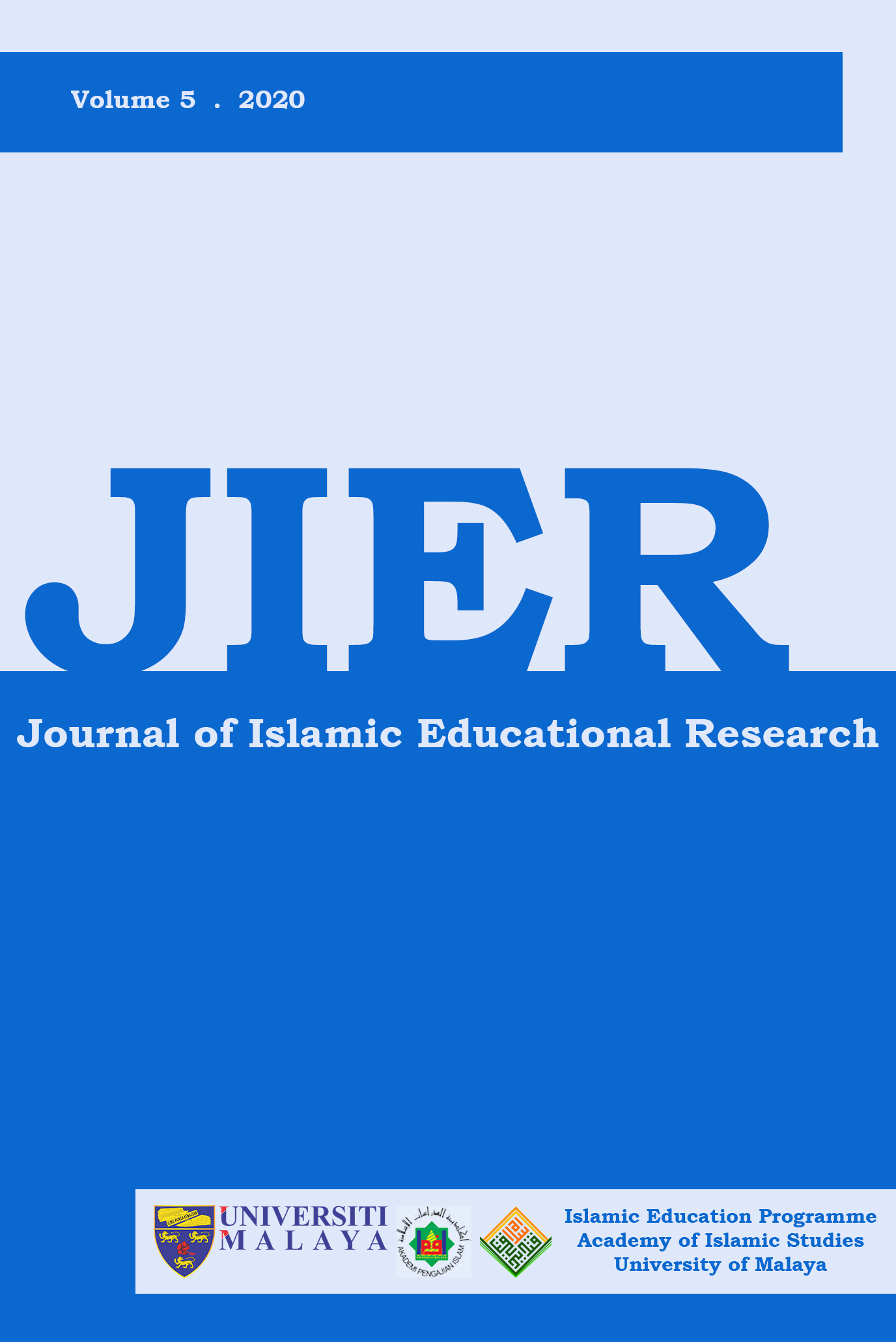REKA BENTUK MODEL PENGAJARAN TARANUM AL-QURAN: ANALISIS TERHADAP MODEL-MODEL PENGAJARAN YANG TERPILIH
Taranum al-Quran Teaching Model Design: Analysis of Selected Teaching Models
Keywords:
Teaching Model, Taranum al-Quran, Higher Education Institutions, Research DesignAbstract
The design of Taranum al-Quran Teaching Model for Higher Education Institutions (MPTQ-IPT) requires a clear, orderly and effective modeling framework. Therefore, the objective of this study is to analyze the selected teaching models as a conceptual framework for the formation of MPTQ-IPT. In this study, the researcher has identified three suitable and appropriate teaching models, namely the Quran Teaching Model according to al-Qabisi, Basic Teaching Model according to Robert Glaser and the support of Taranum Teaching Model according to Mazhair Shahroz Muhasip. The unique result of the combination of all three teaching models produces the six main components of taranum teaching. Overall, the formation of MPTQ-IPT through research on the models presented is an effort to ensure the process through systematic research, debate and evaluation procedures to transform the teaching pedagogy of taranum lecturers from time to time.
Downloads
Downloads
Published
How to Cite
Issue
Section
License
The published manuscript shall be a copyright of the Islamic Education Programme, Academy of Islamic Studies, University of Malaya, Kuala Lumpur, Malaysia. The published manuscript would not represent the stand or opinion of the Advisory Board, Editorial Board, Co-Editorial Board and the Management Team of Journal of Islamic Educational Research (JIER), or the Islamic Education Programme, Academy of Islamic Studies, University of Malaya.
Note: This is an open access journal which means that all content is freely available without charge to the user or his/her institution. Users are allowed to read, download, copy, distribute, print, search, or link to the full texts of the articles in this journal without asking prior permission from the publisher or the author. This is in accordance with the BOAI definition of open access.


